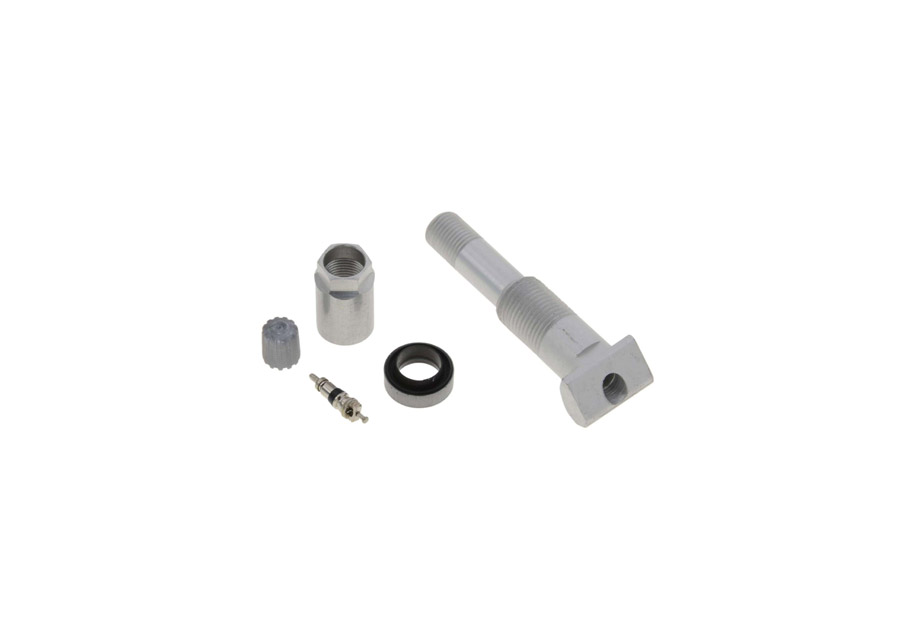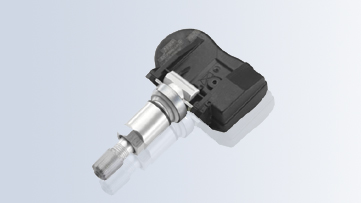
Beru systems are used on Mercedes, Porsche, BMW, Audi/VW and Land Rover models. Pacific systems are found on certain Toyota (including Lexus) and Honda vehicles. Schrader systems are found on Ford, Chrysler, GM and Nissan/Infiniti applications. The sensor mounts via the wheel's valve hole and is secured with a mounting nut.ĭepending on the maker's design, these wireless pressure sensors transmit their data to an ECU using either AM or FM signals, usually in the 125 kilohertz range.įive primary sources for OEM tire pressure monitoring systems include Schrader Electronics Ltd., Beru AG, Pacific Ltd., Siemens AG, TRW Automotive, etc. Stemmed sensors feature the valve stem as an integral part of the sensor.

(The correct OEM term for the sensor is wheel mounted sensor.)īanded sensors are affixed to the inside of the wheel using both a positioning adhesive (peel off) and a band clamp. Two basic "styles" of TPMS sensor/transmitters are available: banded and stemmed. (We highly recommend they use this story as a primer.) The Tire Industry Association offers a certified TPMS training program others also offer training, including tire manufacturers and auto parts chains such as NAPA. That is why it is so important that you get your technicians TPMS training. Otherwise, each sensor may transmit correct inflation data, but the ECU will then assign the pressure data to the wrong corner(s) of the vehicle.įor example, if a vehicle is equipped with dash information that identifies each specific wheel location, you may see a warning that the left front tire is low, when, in fact, the low pressure problem may be found at the right rear (because the wheels were rotated and the sensors were never re-set). It's important to note that whenever sensors are moved to new locations (during wheel rotation, etc.), the individual sensors may need to be re-programmed or re-set in order to maintain correct location information for the system ECU.

If the light blinks, as it does in many newer OEM systems, it indicates a system fault that must then be diagnosed with the proper diagnostic tool. In most instances, if a "fault" signal is processed by the ECU, the in-dash tire pressure warning light will illuminate, while if a tire pressure problem is indicated, the warning light will illuminate constantly.

#Siemens vdo tire pressure sensor driver#
Note that some vehicles are equipped with one central antenna, while others feature individual antennas in the wheel wells at each corner.Ī direct tire pressure monitoring system - one in which a dedicated system exists that monitors actual tire inflation pressure - is generally calibrated to alert the driver when one or more tires have lost at least 20% to 25% of the programmed/recommended inflation pressure. The pressure sensor transmitters (one transmitter mounted inside each wheel) monitor inflation data and send a radio signal to the system's antenna and receiver, which then sends a digital signal to an ECU. A tire pressure monitoring system, also referred to as TPMS, is relatively basic in terms of the number of involved components.


 0 kommentar(er)
0 kommentar(er)
